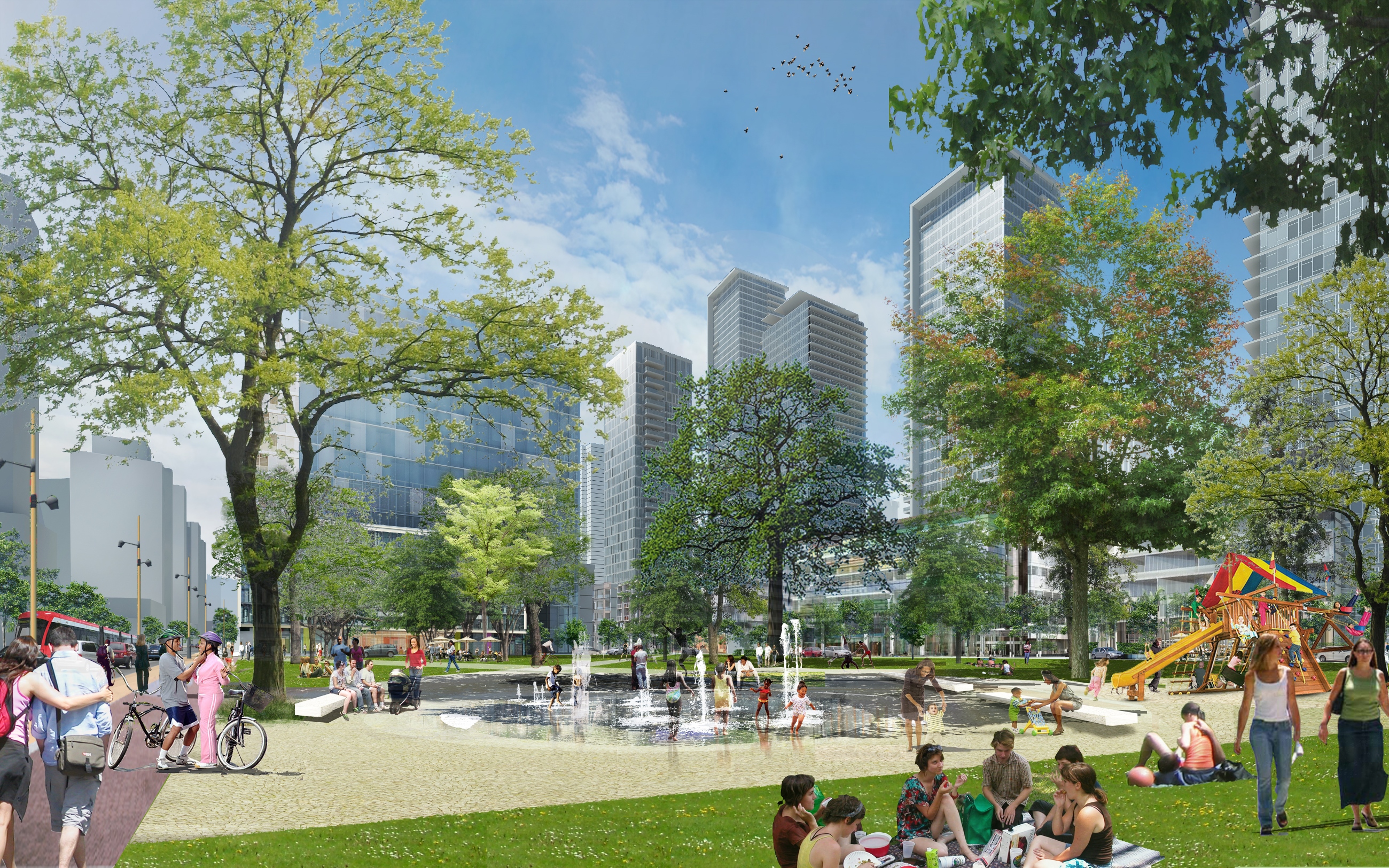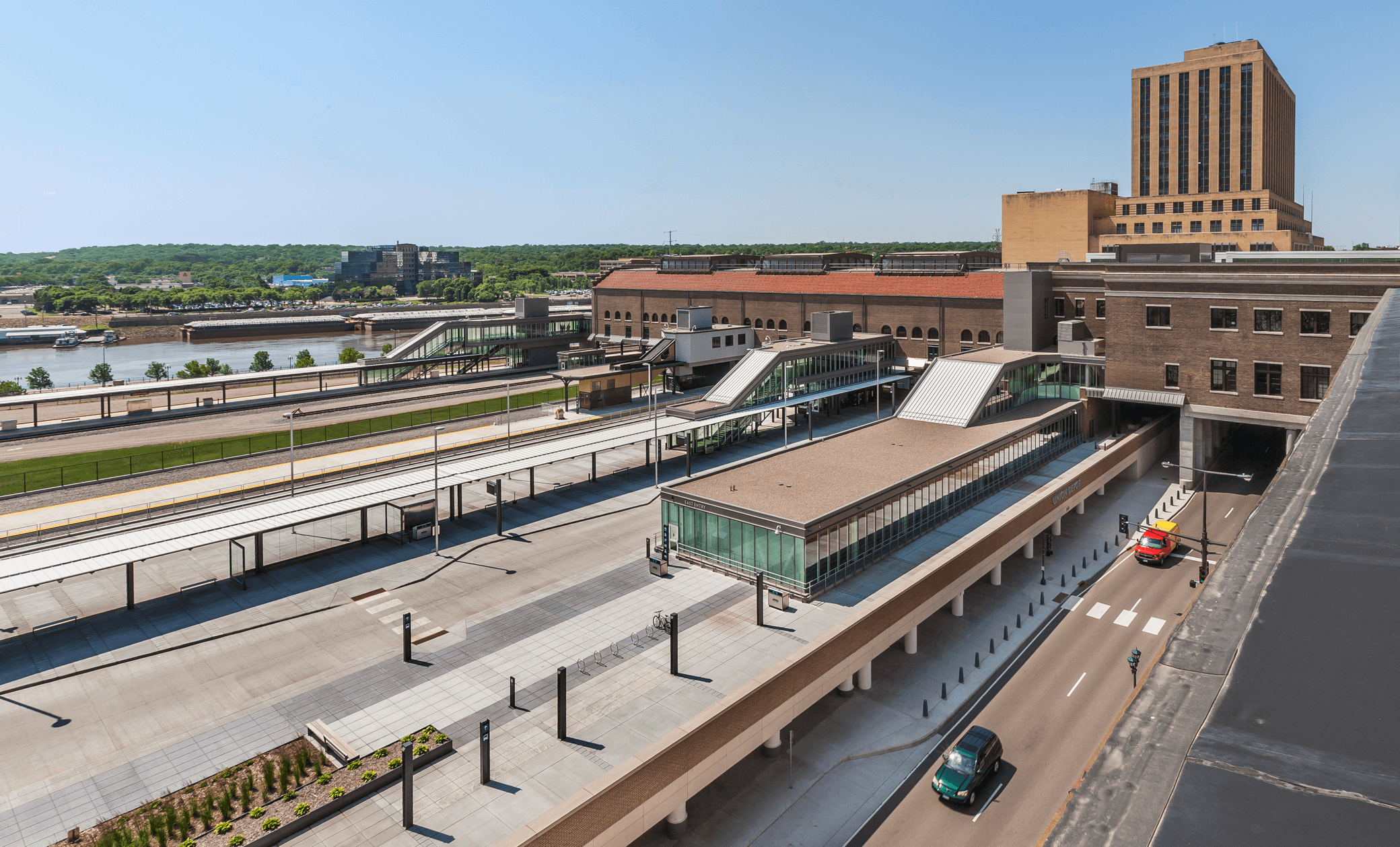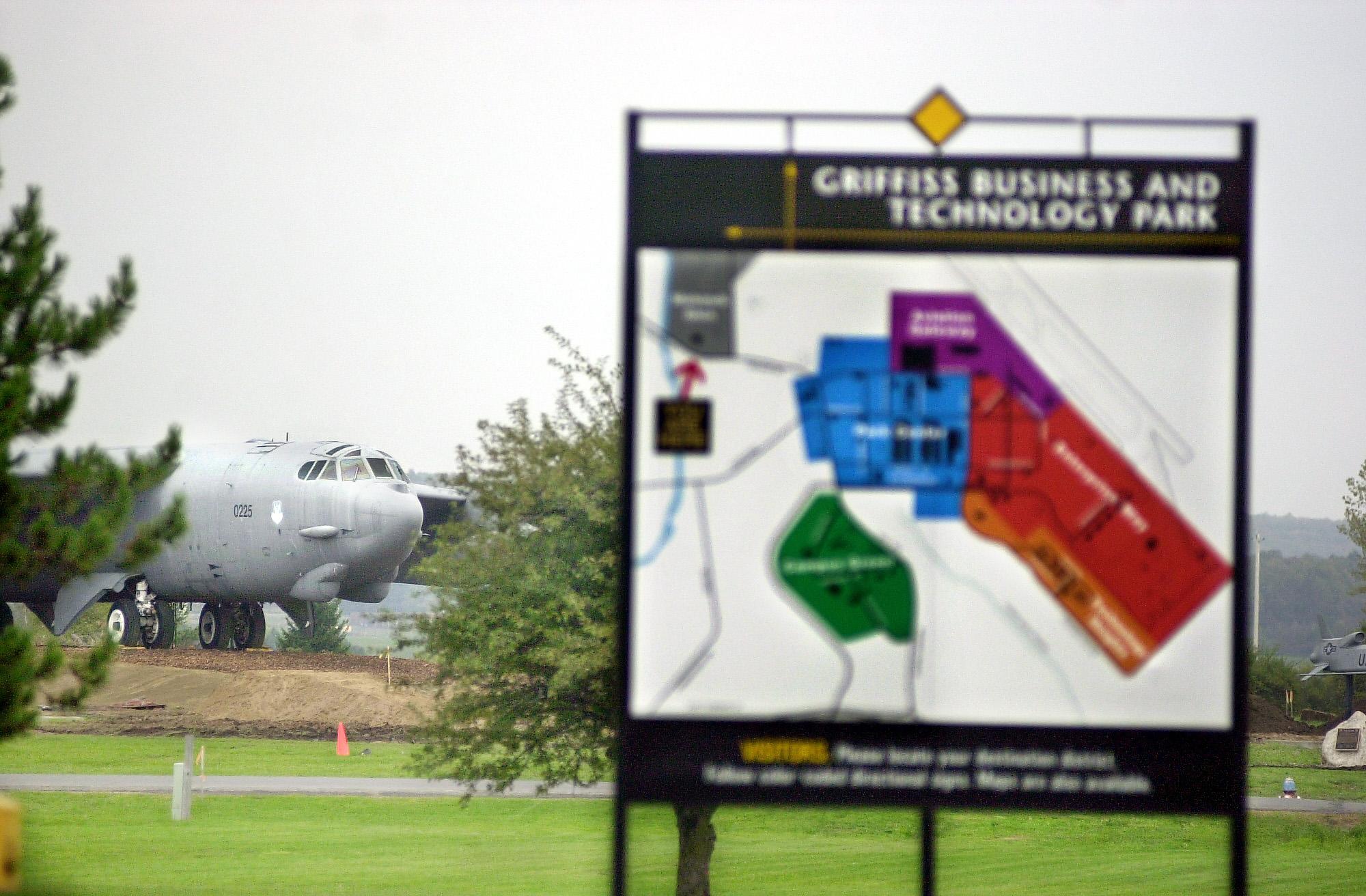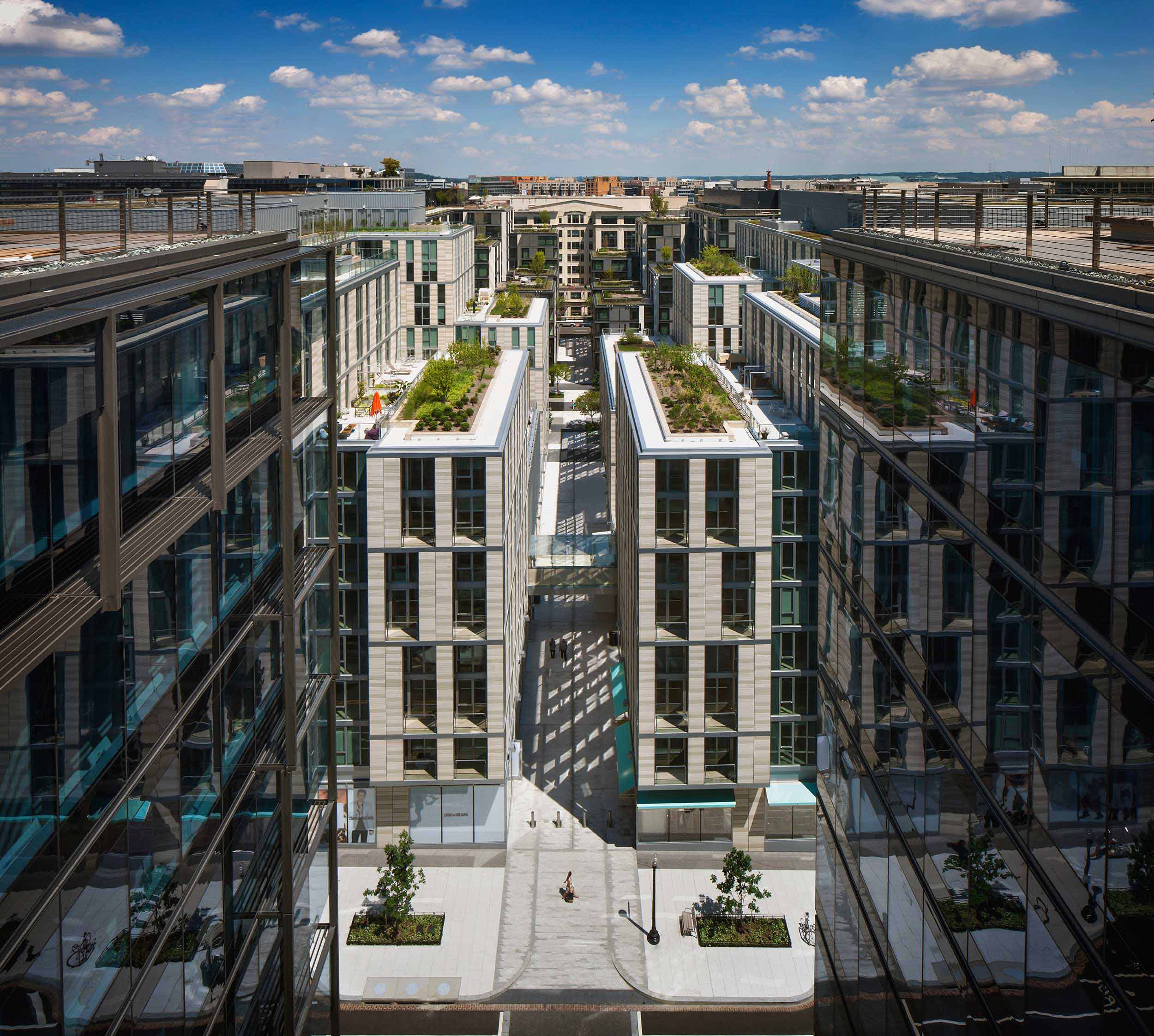HR&A advised Waterfront Toronto on real estate and economic development strategies to revitalize the Toronto Waterfront. Once completed, this $1.5 billion project will be the largest urban regeneration project in North America.
Waterfront Toronto was established to create a series of new development precincts along Toronto’s Waterfront defined by their high-quality urban real estate development and world class open spaces, and a signature public realm along the Toronto Waterfront. Established as the Toronto Waterfront Revitalization Corporation in 2001, Canada’s municipal, provincial, and federal governments committed public land holdings and $1.5 billion to create waterfront recreational amenities, new housing, and commercial spaces to support Toronto’s future competitiveness.
HR&A provided economic analysis underpinning some of the most significant infrastructure decisions in the Toronto waterfront lands.
HR&A assessed the feasibility and the economic benefits of naturalizing the mouth of the Don River, a $500 million capital project that will create new urban neighborhoods by flood protecting over 200 hectares of Toronto’s waterfront lands. In August 2010, Toronto City Council unanimously passed an Official Plan amendment for the Lower Don Lands and a new zoning by-law for the Lower Don Lands first precinct, the Keating Channel. HR&A has provided peer review resources for Waterfront Toronto as it pursues further business planning for this major capital investment.
HR&A studied the economic implications of altering Toronto’s Gardiner Expressway
HR&A produced the economic cost-benefit analysis for the Integrated Environmental Assessment and Urban Design Study of options to replace, improve, or remove a segment of the elevated Gardiner Expressway east of downtown Toronto. Additionally, HR&A helped to structure and organize an international design competition examining urban design implications of the alternatives.
HR&A supported master planning for a key privately-owned waterfront site.
For a critical site whose development will support the growth of the Toronto waterfront as a residential and retail destination, as well as the financing of future public infrastructure investment, HR&A collaborated with a world-class design team to create a master plan that will integrate retail and food and beverage uses with dense urban housing and a vibrant public realm. HR&A provided strategic development advice on master planning feasibility, land use regulation, financial sustainability, and the programming of open space and the public realm.
HR&A prepared a feasibility study and financing options for Canada Square, a new civic park on the York Quay site adjacent to Harbourfront Centre.
HR&A prepared a financial feasibility assessment, developed capital investment options, produced an ongoing operations model, and guided planning and design for the new park and complementary mixed-used development, including potential cultural, hotel, retail, and parking uses adjacent to the new park. The York Quay Revitalization project is currently funded and in the final design stage of development.
HR&A developed a maintenance and operations funding strategy for 1,100 acres of new parkland on the Lake Ontario waterfront.
Leading a team of experts, HR&A examined budgets and best practices from municipal park systems and signature parks throughout North America. Our strategy rested on development of significant new revenue sources, a capital preservation fund and a governance structure that identifies entities responsible for funding and/or maintaining the new world-class parks. Toronto City Council adopted HR&A’s strategy in November 2008.
Images Courtesy of: City of Toronto







